Sound
Okay, first things first. The iBasso SR3 headphones present a fascinating aspect in terms of sound performance, as the sonic signature undergoes a significant transformation when switching between the stock pads and the spare pads included in the package. This difference is so considerable that it feels as if the headphone’s sound signature has been completely altered.
With the stock pads, the SR3 delivers a warm sound profile characterized by a rounded, fuller sub-bass, bass, and mid-bass presentation. On the other hand, when the spare pads are used, the sub-bass and mid-bass are reduced, while the upper mids become more pronounced, providing a more neutral listening experience.
This versatility is an attractive feature of the SR3, making it feel like a 2-in-1 deal. Initially, the headphones offer a highly satisfying and enjoyable listening experience in genres such as EDM and bass-centric music with stock pads.
However, for genres dominated by natural instruments, a more open presentation is desirable. When the pads are swapped, the SR3 effortlessly delivers this sought-after openness, resulting in a cleaner, more balanced experience for the listener.
Overall, I found the SR3 quite capable and it was a welcome surprise. Let’s take a closer look at individual ranges, together. I used sources such as FiiO’s K9 Pro ESS, Chord’s Mojo 2, and Topping’s G5.
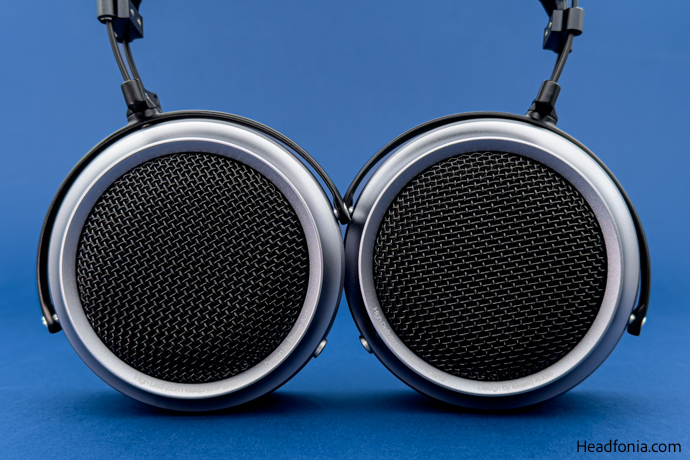
Lows
The SR3 headphones showcase exceptional bass performance, producing well-controlled and detailed bass. When using the stock pads, the bass quantity is more pronounced, whereas the replacement pads offer a slightly more balanced response. The stock pads enable the SR3 to deliver a powerful, impactful, and deep bass reproduction, excelling in bass-centric genres.
Switching to the spare pads, the mid-bass and sub-bass quantities are slightly reduced, resulting in a faster and airier bass presentation, enhancing perceived PRaT. Regardless of the pads used, the bass impact and punch never become boomy or overwhelming, maintaining control in both scenarios. The depth and texture in the bass region are quite impressive at this price point, making the SR3 a good all-rounder for a wide range of genres. Overall, the lows are absolutely fantastic at this price point, IMO.
Mids
The iBasso SR3’s midrange performance is praiseworthy, with the bio-cellulose driver ensuring that the mids are reproduced with clarity and accuracy. Vocals and instruments are presented with a natural tonality and have a balanced presence on the stage. The wide stage and airy presentation allow the instruments ample space to breathe. Particularly with the spare pads, the SR3 is capable of handling complex passages with multiple instruments while maintaining excellent layering and positioning.
Using the stock pads, male and female vocals are rendered slightly more smoothly and engagingly compared to the spare pads. The note weight is somewhat thicker with the stock pads, with additional mid-bass affecting the mid-dependent instrument and vocal thickness.
The SR3’s ability to reproduce the nuances and subtleties in vocal and instrumental performances is impressive for its price range, especially when using the spare pads. In terms of performance in this department, the SR3 can hold its own against some of the best headphones in its price bracket, such as Hifiman’s Edition XS—a testament to the SR3’s remarkable midrange capabilities.
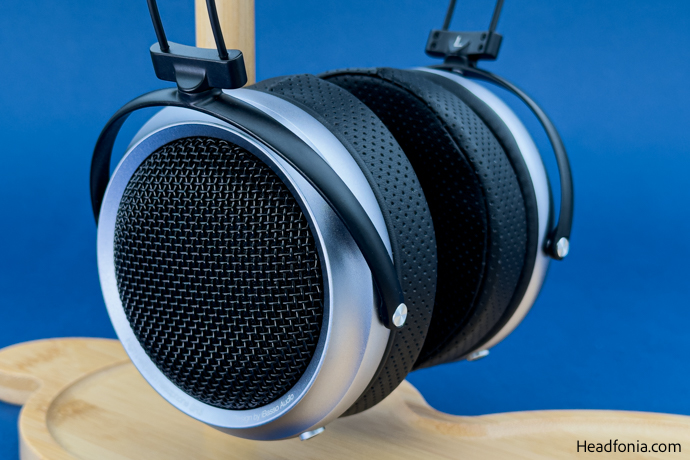
Treble
The iBasso SR3’s treble performance is both polished and well-tuned. The controlled upper midrange and low treble region provide ample extension without ever reaching uncomfortable levels. The spare pads offer slightly more detail and air in this region, resulting in a cleaner and more balanced presentation, while the stock pads deliver a warmer, more rounded response.
According to my ears, the pads do not significantly change the upper treble response, and the SR3 provides an excellent upper treble response, characterized by a perfectly smooth, detailed treble with adequate extension and reach.
When the track demands high treble energy, such as passages with numerous hi-hats and crashes, the SR3 is capable of keeping up with a sparkly and airy treble whilst maintaining control, which is impressive for this price range. The entire treble range is detailed and airy, contributing to the sense of space and openness in the sound.
Regardless of pad choice, the SR3’s treble response strikes a delicate balance between detail retrieval and smoothness. This equilibrium allows for an engaging listening experience that can be enjoyed for extended periods without causing fatigue. This is one of the highlights of the SR3’s performance.
Technical Capability
The open-back design of the SR3 plays a significant role in its expansive and well-defined soundstage. The presentation feels open and spacious, offering a good sense of depth and width. Instrument separation is excellent, and the SR3 can accurately position individual instruments within the soundstage, with ample space between them. Imaging is another subject that the SR3 is great at. As the listener, it is quite easy to follow and pinpoint instruments so it can easily be said that SR3 provides a realistic and holographic portrayal of the stage.
Initially, I was not thoroughly impressed with the SR3’s PRaT (Pace, Rhythm, and Timing) when using the stock pads. However, upon switching to the spare pads, I observed a noticeable acceleration in the bass response, as well as a reduction in the overall bass quantity.
Intrigued by this change, I decided to give fast-paced tracks and genres another listen with the spare pads, and I was genuinely surprised by what I heard. In a nutshell, the SR3’s PRaT performance is quite remarkable for its price range, and I was delighted to discover a worthy alternative to my daily driver Edition XS.
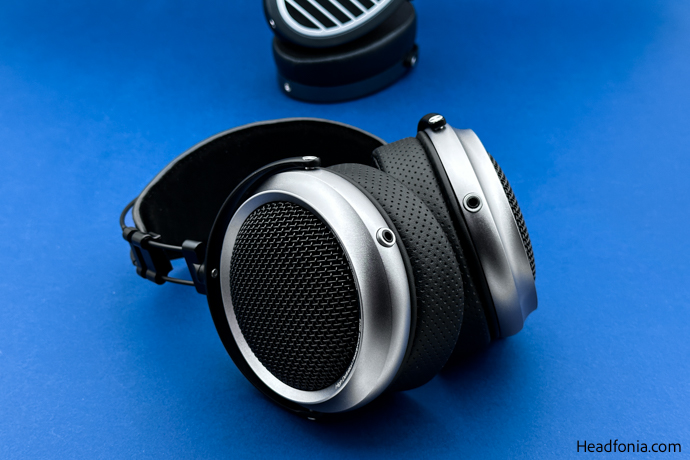
Comparison
vs. Hifiman Edition XS ($499 USD)
The iBasso SR3 and Hifiman Edition XS are both outstanding headphones with distinct sound signatures. As my daily driver, the Edition XS has been a reliable companion for work and play. With the SR3 equipped with spare pads, these headphones have more similarities than differences. Let’s compare them side by side.
In terms of bass, the SR3 delivers a strong, impactful, and punchy bass response. The stock pads provide a warmer and fuller bass presentation, while the spare pads result in a slightly faster and airier bass, with less quantity, which is more akin to the Edition XS. The Edition XS offers a slightly less punchy but well-balanced bass with impressive texture and equal sub-bass and mid-bass levels compared to the SR3 with spare pads.
The SR3 with stock pads has a more significant bass impact and slams harder than the XS. However, the Edition XS’s bass feels slightly more effortless and natural, though it lacks the rumble and oomph provided by SR3’s dynamic drivers.
As for the midrange, both headphones deliver a clean and clear mid reproduction. The SR3’s midrange performance is better and more neutral with the spare pads compared to the stock pads, making it more similar to the Edition XS compared to the stock pads. The stock pads render vocals more warmly, smoothly, and engagingly than the spare pads.
The Edition XS’s midrange is clean, crisp, and lively, with more energetic upper mids than either pad option of the SR3. The vocals and instruments are well-separated and positioned on a realistic stage for both headphones, though the Edition XS feels slightly airier, and has a slightly wider stage. However, at high volumes, the Edition XS can become a little too sharp, while the SR3 remains more controlled in the upper midrange.
Regarding treble, the SR3 offers a balanced performance between detail retrieval and smoothness, resulting in a refined and smooth treble. In short, the spare pads provide more detail and air around the treble region, while the stock pads have a warmer and more rounded signature. The Edition XS’s treble is articulated and transparent, with slightly more detail and resolution but can also be a bit bright at times, particularly with poor recordings and mismatched sources.
In conclusion, the iBasso SR3 delivers a versatile and smooth sound with the option to fine-tune the bass and treble presentation using different pads. I believe this is a huge bonus for the SR3. The Hifiman Edition XS provides a more neutral sound with a more energetic upper midrange and brighter treble, excelling in clarity, detail, and accuracy across the 2k kHz and up.
While both headphones are impressive in their own right, the choice between them depends on individual preferences. You can’t really go wrong with either one of these excellent headphones.
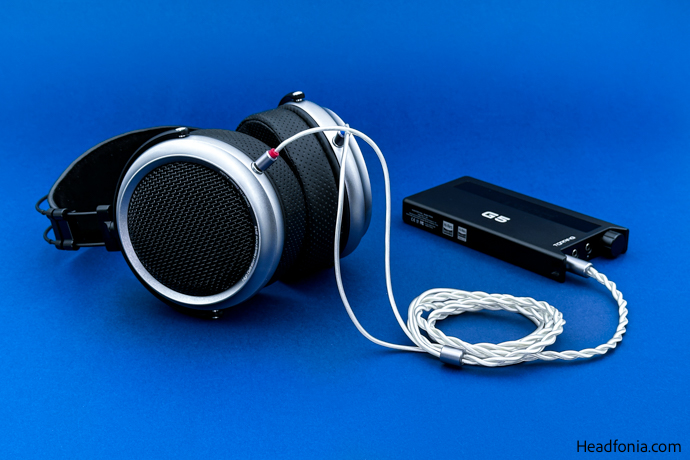
vs. Sennheiser 660S ($499 USD)
Both the SR3 and HD 660S feature an open-back design, and each headphone offers a comfortable fit with adjustable headbands. However, the HD 660S employs a more traditional oval-shaped ear cup design, while the SR3 uses circular cups. In my experience, both are comfortable, but I prefer the pad thickness of the SR3, as it feels better and puts less strain on the temples.
The HD 660S delivers a smooth, laid-back sound signature with a slightly more pronounced mid-bass and a more relaxed upper midrange compared to the SR3. Upon listening, the SR3 immediately feels more open and spacious than the 660S.
The SR3 excels in layering and imaging, providing a clear, holographic soundstage that surpasses the HD 660S in terms of spatial representation and separation. The detail retrieval capability of the SR3 is superior, and feels more refined across the spectrum, especially when used with the spare pads. Overall, at this price bracket, I’d choose the SR3 over the 660S.
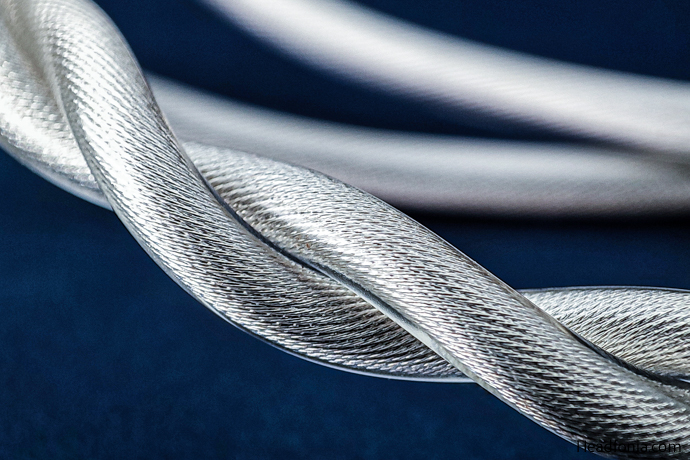
Last Words
The iBasso SR3 is an exceptional headphone that comes with a high-quality build, offers excellent comfort, and most importantly, excellent sound quality. With its impactful lows, clean midrange, and smooth highs, the SR3 caters to a wide range of musical preferences, making it an excellent choice for music aficionados. If you’re in the market for a new pair of headphones, you should definitely check the SR3 out.
We believe it’s well-deserved to grant our Headfonia recommendation to the SR3, placing it among esteemed peers!

Pros
+ Excellent sound quality
+ Wide soundstage & great imaging
+ Spare & stock pads offer some sense of customizability
+ Great technical foundation
+ High-quality cable & accessories
Cons
– Troublesome headband adjustment mechanism
– Replacing pads is not practical
Page 1: iBasso, The SR3, Packaging & Accessories , Design, Build & Comfort, Technology
Page 2: Sound, Low, Mid, High, Technical Capability, Comparisons, Last Words





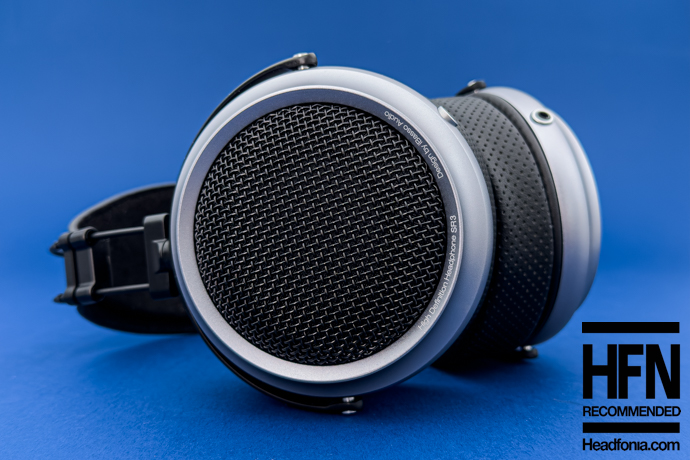
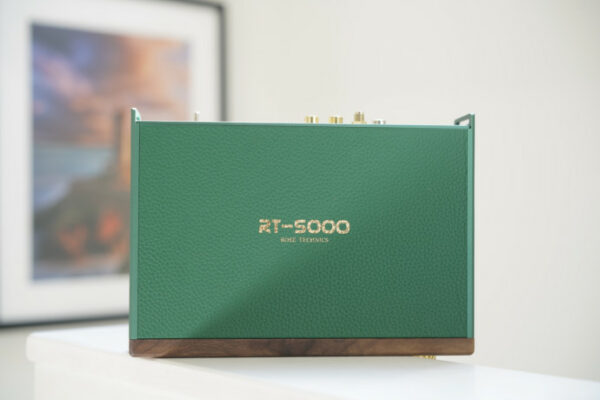
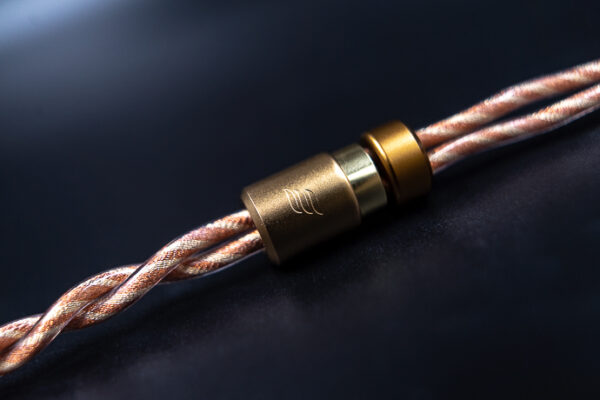
Jason
Great review. I have the Edition XS, but came across a little extra money. Do you think these are different enough that I might enjoy having both the XS and SR3, or should I save my money for something else? I am using a Hiby R6 iii DAP with an xDuoo MT-604 amp.
Thanks,
Jason
Yagiz
Hello Jason,
I believe your money would be better spent on a DAC/AMP from SMSL or Topping.
Jason
Thanks so much! Keep up the good work.
Yagiz
You’re welcome. The door is always open for questions.
Cheers!